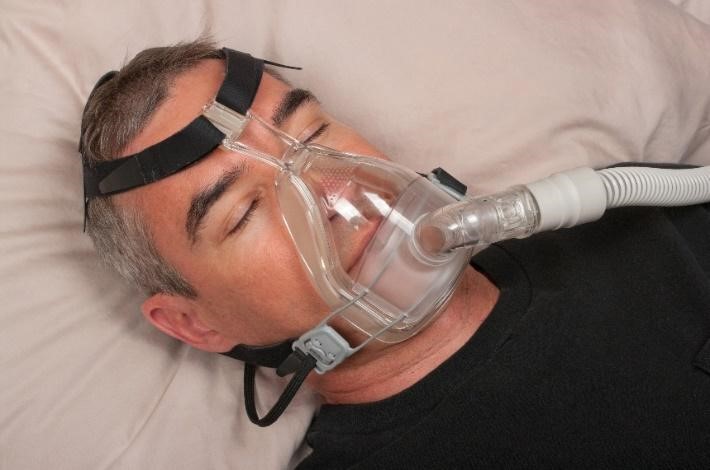Table of Contents
Avoiding Being a Cpap Dropout – Why Many Lose Sleep Over Apnea Treatment
Continuous positive airway pressure (CPAP) is often one of the first solutions doctors recommend for sleep apnea. With this disorder, a person’s breathing is frequently intermittent during the night, which can result in or worsen health problems. The National Sleep Foundation estimates that over 18 million adults in the US suffer from sleep apnea. Even so, some people still think that sleep apnea is a racket.

A CPAP machine injects a stream of air into the back of the throat to help sleep apnea patients breathe easier. It inhibits muscles in the back of the throat from narrowing, which typically constricts the airway, leading to snoring or disturbed sleep. That implies that CPAP machines are helpful, and avoiding being a CPAP dropout can prove beneficial in fighting sleep apnea.
Many people have an undesirable reaction to the CPAP machines and are tempted to drop out. It can be a lot to adjust to the big whoosh of air in your throat and the restrictive mask on your face. Studies indicate that the CPAP controversy has led one-third to more than 50% of CPAP patients either stop using their CPAP machine or do not bother to follow their prescriptions. They quit for various reasons, but mostly because the device can be cumbersome and uncomfortable. Sometimes, they quit because of confusing or strict health insurance restrictions, or for a funny reason like just forgot CPAP on vacation.
However, CPAP non-compliance consequences can be severe. People struggle with fatigue, anxiety, and low productivity. There is even a higher risk of high blood pressure, heart attack, and stroke.
Most respiratory therapists assist patients in working through problems with the use of a CPAP machine. Patients often protest that the volume of air the machine puts out feels too powerful.

CPAP over prescribed is similar to sticking your head out of a car window with your mouth open at 60 mph. The high pressure can be very overwhelming and disturbing.
Teams comprising of respiratory therapists go to people’s homes to help troubleshoot CPAP machine problems. Sometimes, the visits also involve explaining sleep apnea and how a CPAP can help.
Imagine the air passage at the back of their throat like a garden hose without water in it. The hose can collapse down. That is what typically happens when a person with sleep apnea is sleeping.
When the same person is put on CPAP, it is like turning the water on for the garden hose. In this case, the hose then pops open and stays open. That is why it is recommendable to have to keep using a CPAP as the best way to solve your sleep apnea problems.






 Shop
Shop



